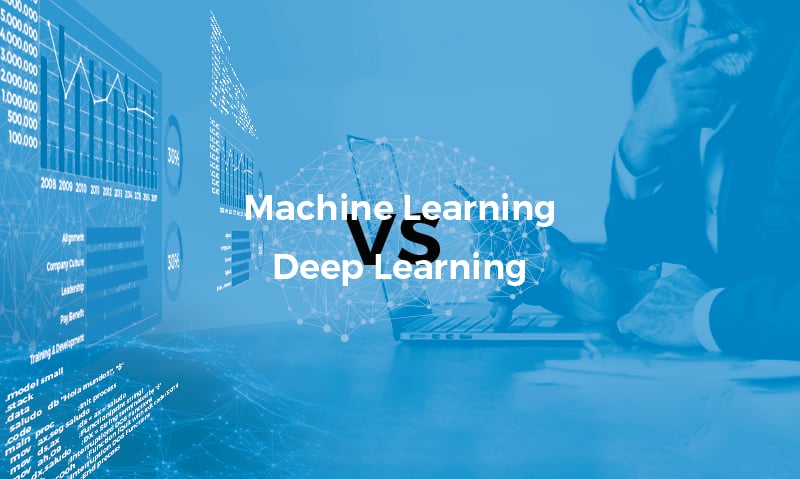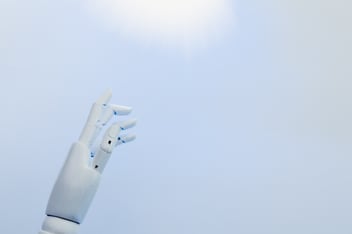Since it appeared, AI has evolved greatly. Many branches of AI have appeared in the last decades. In our article we will focus on ML and DL.
Since the appearance of artificial intelligence (AI) at the end of the first half of the 20th century, the technology has evolved greatly. During its development it has lived golden moments, characterized by the conviction that this technology had great potential and the arrival of large amounts of money to carry out research, and moments of crisis, called "AI winters", in which the lack of computing power did not allow technology to develop as expected and research funds disappeared.
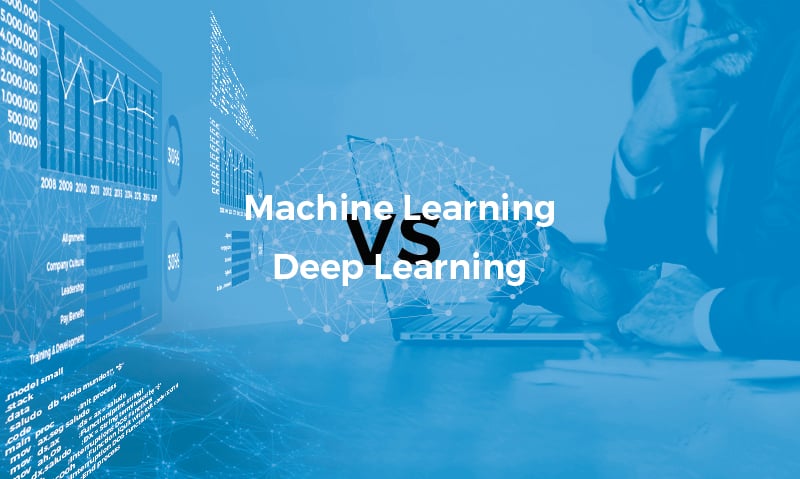
During one of those golden moments, in the 1980s, a branch of AI was born: machine learning (ML). ML uses mathematical algorithms that allow machines to learn. Machine learning is an analytical way of solving problems through identification, classification or prediction. Algorithms learn from entered data and then use this knowledge to draw conclusions from new data.
If you are interested in machine learning, deep learning and artificial intelligence, you will probably enjoy reading Microsoft's e-book The Future Computed, which outlines the current state of artificial intelligence, as well as the role it has played and will play in society. You can download the book here:
Already in the 21st century, in 2011, a branch of machine learning called deep learning (DL) appeared. The popularity of machine learning and the development of the computing capacity of computers enabled this new technology. Deep learning as a concept is very similar to machine learning but uses different algorithms. While machine learning works with regression algorithms or decision trees, deep learning uses neural networks that function very similarly to the biological neural connections of our brain.
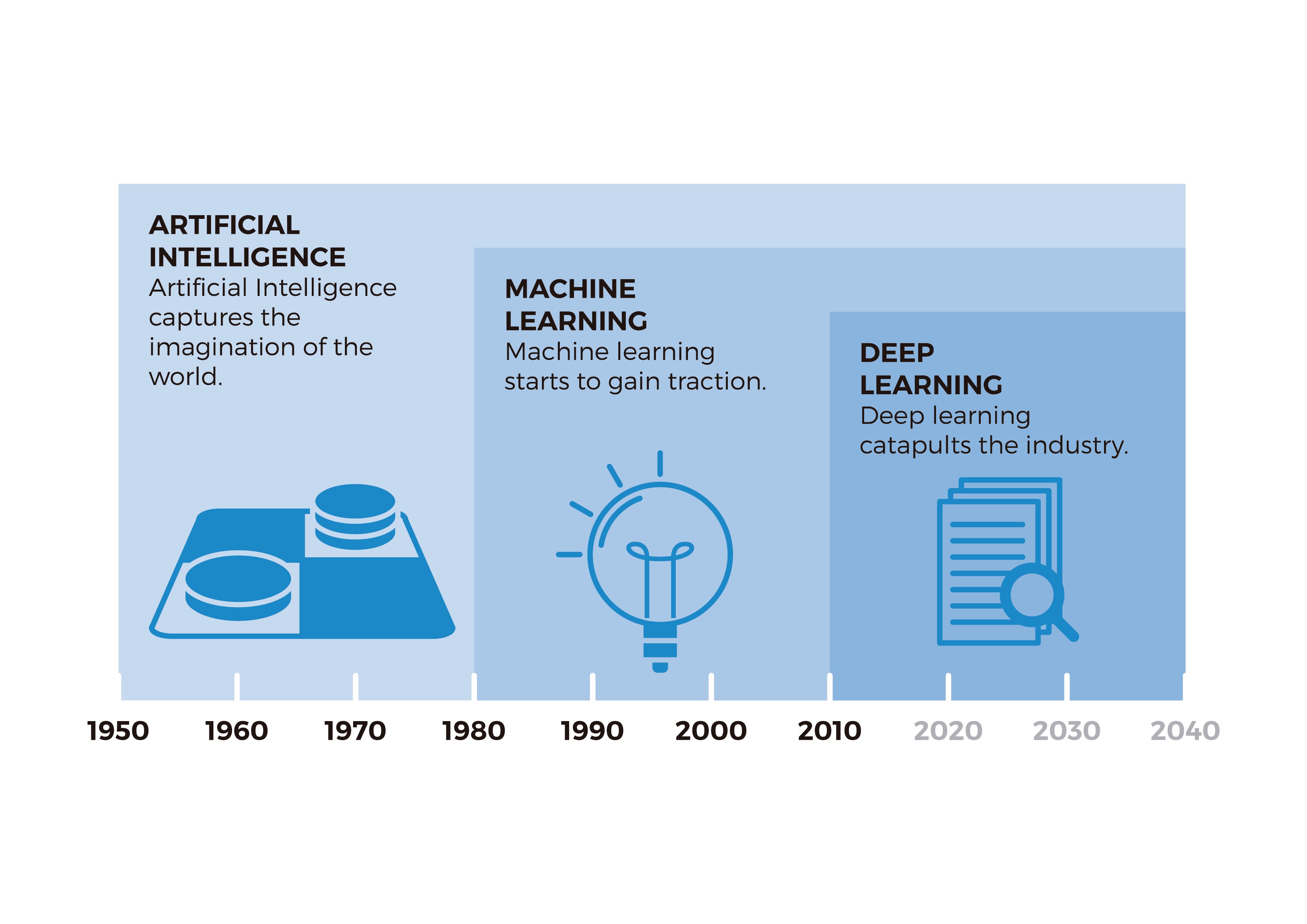
In both cases, the availability of quality data is essential to ensure the effective operation of these two types of artificial intelligence. Without a good foundation supported by data integration through an ETL or SSIS process, data consolidation and data management, machine learning or deep learning will not be effective.
Supervised and unsupervised learning
The learning carried out by the algorithms can be supervised or unsupervised depending on whether they require human assistance or not.
An unsupervised learning system is based on algorithms that learn from data with unlabeled elements looking for patterns or relationships between them: input data are provided (not output data). Unsupervised learning does not require human intervention.
Unsupervised learning algorithms can be clustering algorithms, i.e., discovery of groups in the data, such as, for example, grouping customers according to their purchases, and association algorithms, i.e., the discovery of rules within the data set. For example, they can discover that customers who buy a car also take out insurance.
In contrast, a supervised system is based on algorithms that learn from data with tagged elements. Expected input and output data are provided. This type of learning requires human intervention.
In this case, the algorithms can be classification algorithms, to classify objects within classes, such as sick patients or spam mail, or regression algorithms, to predict a numerical value such as the price of a house, occupancy demand, weight or height.
AI has developed other branches since its appearance, such as natural language processing (NLP), robotics or speech and image recognition and machine vision, among others.
At Bismart, a Microsoft Power BI partner, we are experts in helping companies apply artificial intelligence, machine learning and deep learning to optimise their processes. Contact us!
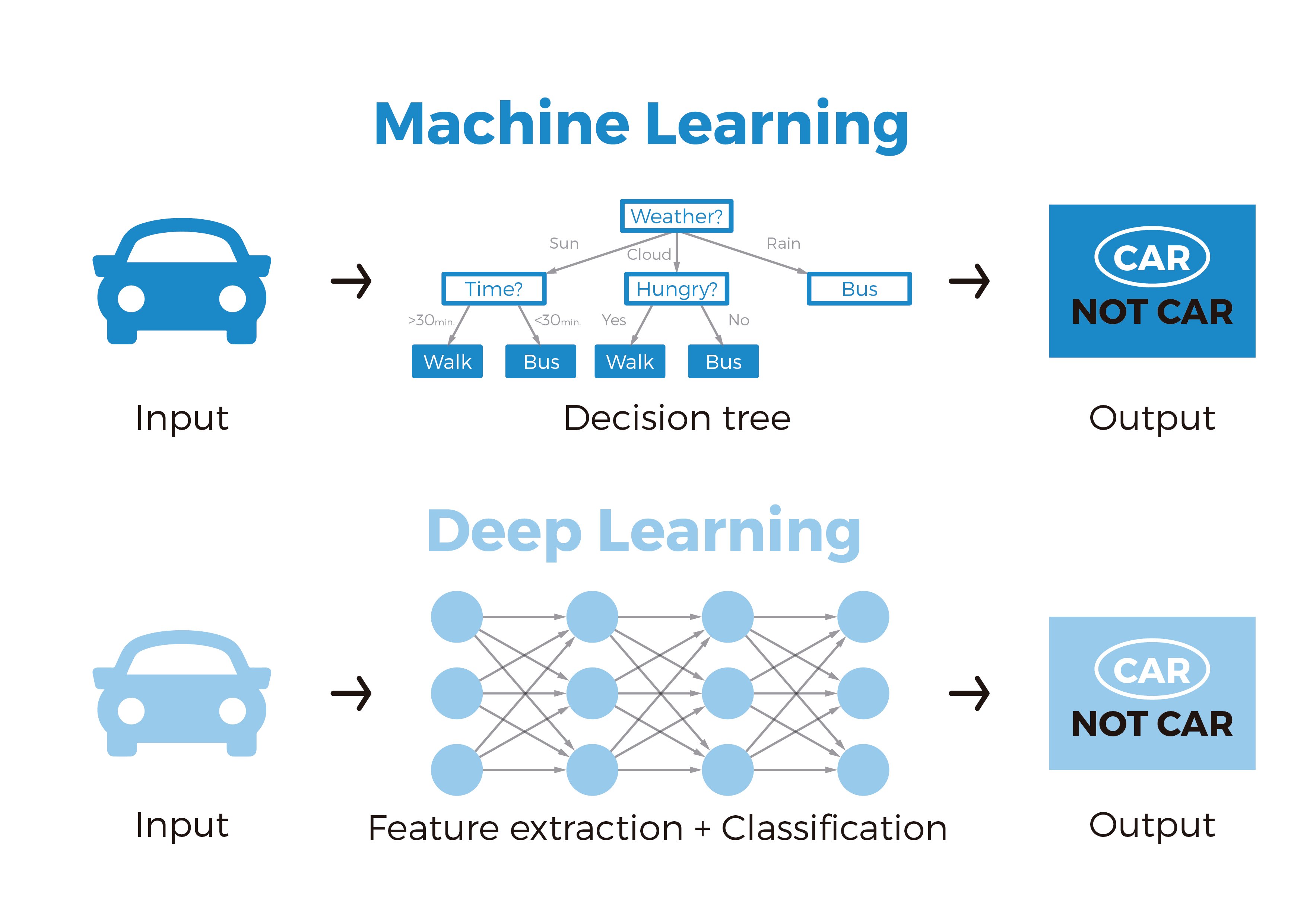
What is machine learning?
Machine learning algorithms are mathematical algorithms that allow machines to learn by imitating the way humans learn, although machine learning is not only algorithms, it is also the approach from which the problem is approached. Machine learning is basically a way to get artificial intelligence.
What is deep learning?
Deep learning (DL) is part of machine learning. In fact, it can be described as the new evolution of machine learning. It is an automatic algorithm that mimics human perception inspired by our brain and the connection between neurons. DL is the technique that comes closest to the way humans learn.
Most deep learning methods use neural network architecture. That is why deep learning is often referred to as "deep neural networks. It is known as "deep" in reference to the layers that these neural networks have.
What's the difference between machine learning and deep learning?
Simply explained, both machine learning and deep learning mimic the way the human brain learns. Its main difference is therefore the type of algorithms used in each case, although deep learning is more similar to human learning as it works with neurons. Machine learning usually uses decision trees and deep learning neural networks, which are more evolved. In addition, both can learn in a supervised or unsupervised way.
Machine learning: Applications and Use Cases
Machine learning has become an integral part of the development of artificial intelligence (AI). With the ability to learn from data and draw conclusions, machine learning has found numerous applications in various industries. One of the key applications is in the field of data analysis and predictive analytics. By employing machine learning algorithms, companies can analyze large amounts of data and make accurate predictions about customer behavior, market trends, and financial outcomes. Machine learning is also widely used in image and speech recognition, enabling machines to understand and interpret visual and auditory information. Another important use case is in the field of natural language processing, where machine learning algorithms are used to understand and generate human language. From chatbots to voice assistants, machine learning has revolutionized the way we interact with technology. Overall, machine learning has endless possibilities and continues to shape the future of AI.
Deep learning: Applications and Use Cases
Deep learning, as a branch of machine learning, has opened up a world of possibilities in the field of artificial intelligence (AI). With its ability to mimic human perception and learn from data, deep learning has found a wide range of applications across various industries. One of the key areas where deep learning has made significant contributions is in image and speech recognition. By using deep neural networks, machines can now understand and interpret visual and auditory information, enabling advancements in areas like self-driving cars, facial recognition, and voice assistants. Another important use case of deep learning is in natural language processing, where algorithms are used to understand and generate human language. This has revolutionized the way we interact with technology, from chatbots to voice assistants. Overall, deep learning has proven to be a powerful tool in AI, with endless possibilities for innovation and automation.
Before you go, don't forget you can download the book about artificial intelligence The Future Computed here:
Are you interested in harnessing the potential of artificial intelligence to optimise and automate your business processes? We can help you!
